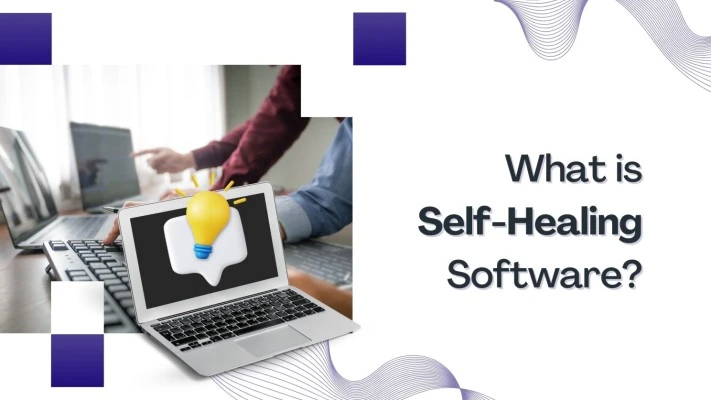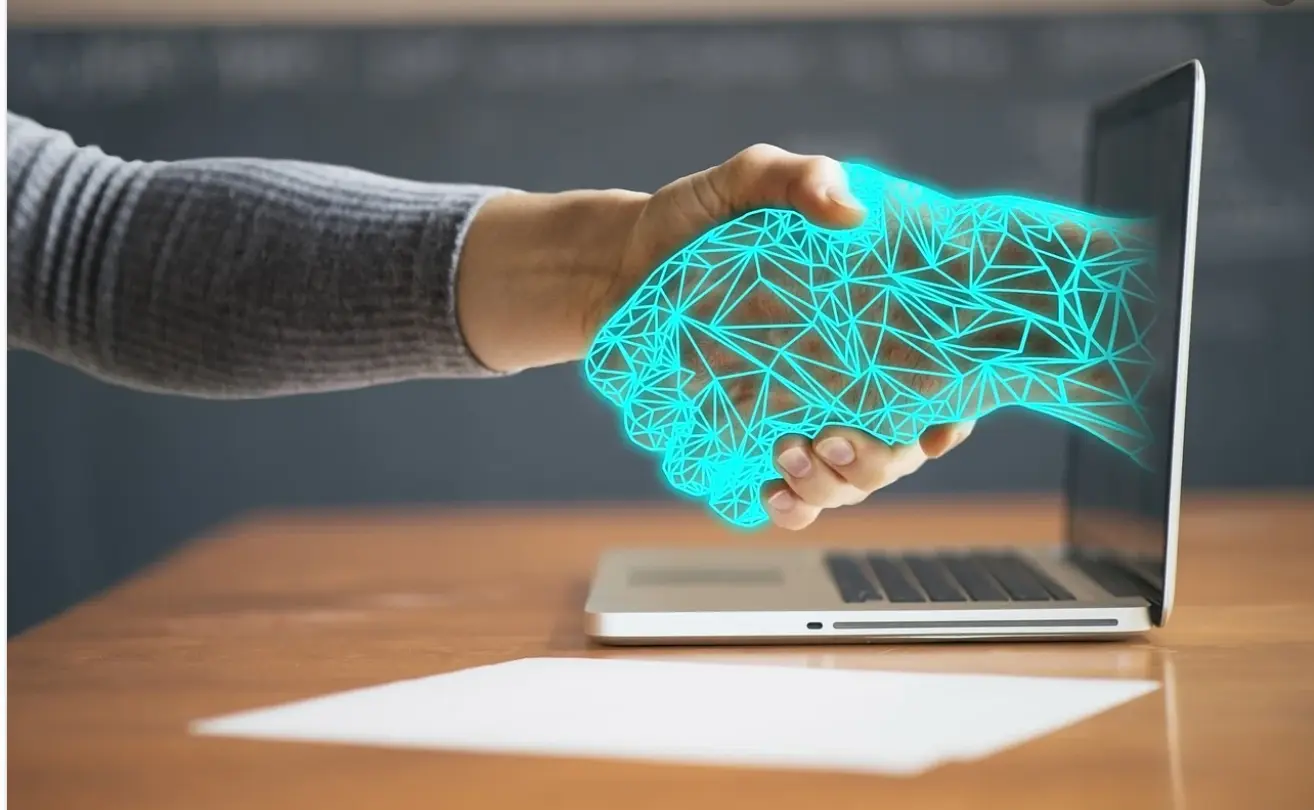Introduction: Can Apps Really Fix Themselves?
Self-healing software is turning reactive support into proactive stability.
What Is Self-Healing Software?

Self-healing software refers to applications or systems that are capable of automatically identifying and fixing faults, errors, or performance issues-without requiring human intervention.
These systems use predefined rules, AI algorithms, or historical behaviour patterns to detect what’s wrong and execute recovery actions. It’s like giving your software a nervous system-one that senses damage and instantly responds.
Some real-world examples include:
- A cloud app that restarts a failed service on its own
- A mobile app that detects a memory leak and releases resources
- A backend system that reroutes traffic away from a crashed server
- A test automation framework that fixes its own broken scripts
This isn’t just resilience-its intelligence applied to maintenance.
Why Do We Need Self-Healing Software?
Modern software is incredibly complex. From microservices architectures to real-time apps and massive user bases, developers are under pressure to deliver fast, reliable experiences across environments.
Here are a few reasons self-healing software is more important than ever:
1. Downtime Is Expensive
Even a few minutes of application downtime can result in revenue loss, damaged reputation, and frustrated users. Self-healing software can minimize disruptions by responding instantly.
2. Systems Are Too Complex to Monitor Manually
With distributed cloud environments, it’s impossible for human operators to monitor everything. Self-healing introduces automation at scale.
3. User Expectations Are High
Users expect seamless performance. Apps that crash or freeze are quickly abandoned. A self-healing app can correct issues before users even notice.
4. DevOps Demands Automation
Modern DevOps pipelines emphasize continuous delivery and rapid deployment. Self-healing systems support that by automatically maintaining stability.
How Does Self-Healing Software Work?
Let’s explore the key components that make self-healing possible:
- Monitoring and Observability
Every self-healing system begins with deep monitoring. This involves collecting data on system performance, health metrics, usage patterns, and logs.
Examples of metrics tracked:
- CPU and memory usage
- API latency
- Network traffic
- Error rates
- Database queries
- Crash logs
Tools like Prometheus, Grafana, Datadog, and New Relic play a major role here, feeding real-time data into the healing engine.
- Fault Detection and Anomaly Recognition
Once data is being collected, the next step is fault detection. This can be rule-based or powered by AI:
- Rule-Based Example: “If CPU usage > 90% for 5 minutes, trigger recovery.”
- AI-Based Example: Using ML to detect behavior anomalies, like a spike in failed login attempts indicating a security issue.
Machine learning models can learn the normal behavior of an application and alert or react when deviations are detected.
- Automated Recovery Mechanisms
Once an issue is detected, the system executes a predefined healing action. These could include:
- Restarting a failed process
- Spinning up a new server instance
- Clearing a cache
- Resetting a service
- Rolling back a deployment
- Notifying developers with exact root-cause logs
Some systems may go a step further-diagnosing the root cause and applying a fix based on previous solutions or system learning
- Feedback Loops and Learning
The most advanced self-healing software doesn't just fix once-it learns. It tracks which fixes worked, stores that knowledge, and applies it when similar issues arise again.
This creates a feedback loop where the software gets smarter over time-leading to fewer repetitive failures and faster responses.
Types of Self-Healing in Software
There are different levels and categories of self-healing software:
1. Infrastructure-Level Self-Healing
This is the most common form, especially in cloud environments.
- Auto-scaling groups in AWS
- Kubernetes pods that auto-restart
- Load balancers rerouting traffic from failed nodes
These mechanisms keep the infrastructure resilient and responsive.
2. Application-Level Self-Healing
This involves recovery at the code or process level.
- Retry logic for API calls
- Error handling that corrects data corruption
- Circuit breakers in microservices to isolate faults
3. Testing-Level Self-Healing
In QA automation, frameworks now feature self-healing scripts that update themselves when UI elements change.
Example:
A test script fails to find a login button because the ID changed. A self-healing tool identifies the new locator and continues running the test, saving valuable time.
4. Security Self-Healing
AI-based security tools can detect unusual activity and respond automatically.
- Blocking suspicious IPs
- Quarantining affected code
- Reversing unauthorized configuration changes
This form of self-healing enhances application security.
Benefits of Self-Healing Software
Here’s what organizations gain by adopting self-healing capabilities:
Increased Uptime
Apps recover automatically, reducing service interruptions and user complaints.
Faster Incident Response
Instead of waiting for human action, recovery is instant. This shortens Mean Time to Resolution (MTTR).
Cost Savings
Fewer outages and reduced manual troubleshooting lead to lower operational costs.
Developer Productivity
With software handling minor issues, developers can focus on innovation rather than maintenance.
Scalability
As systems grow in complexity, self-healing keeps them manageable and robust.
Real-World Examples
Netflix
Netflix’s “Simian Army” includes Chaos Monkey-a tool that randomly disables production servers to test resilience. Self-healing mechanisms respond by rerouting traffic or restarting services.
The Future of Self-Healing Applications
We are entering a world where software not only runs-it manages itself. In the near future, we may see:
- Fully autonomous applications that self-patch code issues
- Predictive healing, where the system prevents issues before they occur
- AI copilots for ops teams, recommending healing strategies based on global patterns
As AI, observability, and automation technologies evolve, self-healing will become a standard feature in both cloud-native and enterprise systems.
Conclusion
Self-healing software is no longer a futuristic idea-it’s an essential response to the demands of modern computing. Whether it's rebooting a failed service, rerouting traffic, fixing automation scripts, or preventing bugs from spreading, software that can fix itself is software that lasts longer, works harder, and supports users better.
For developers, testers, and businesses alike, the message is clear: resilience isn't optional-it must be built in.
So, can apps now fix themselves?
Yes-and the smarter they get, the less we’ll even notice when they do.

